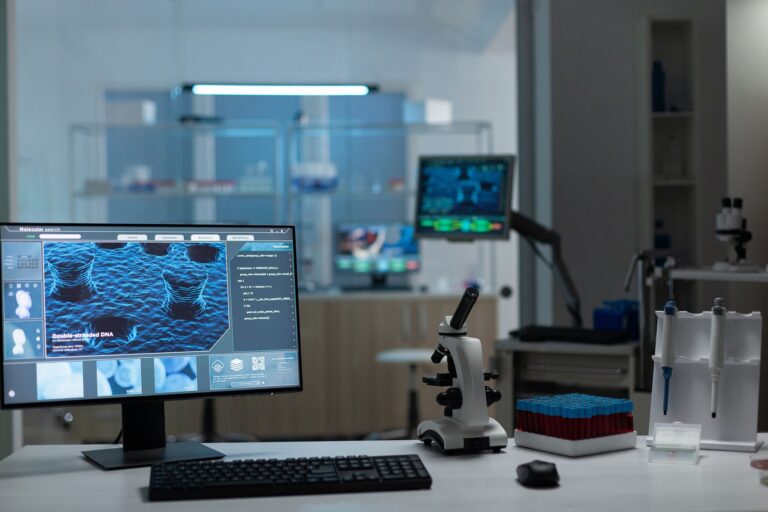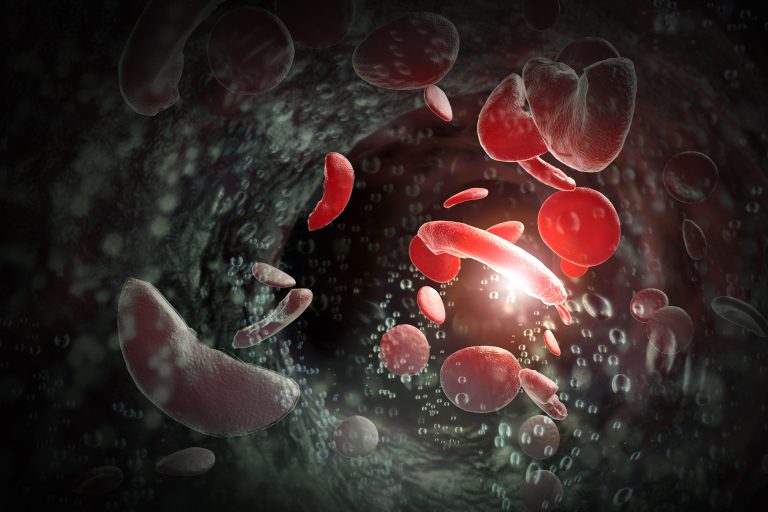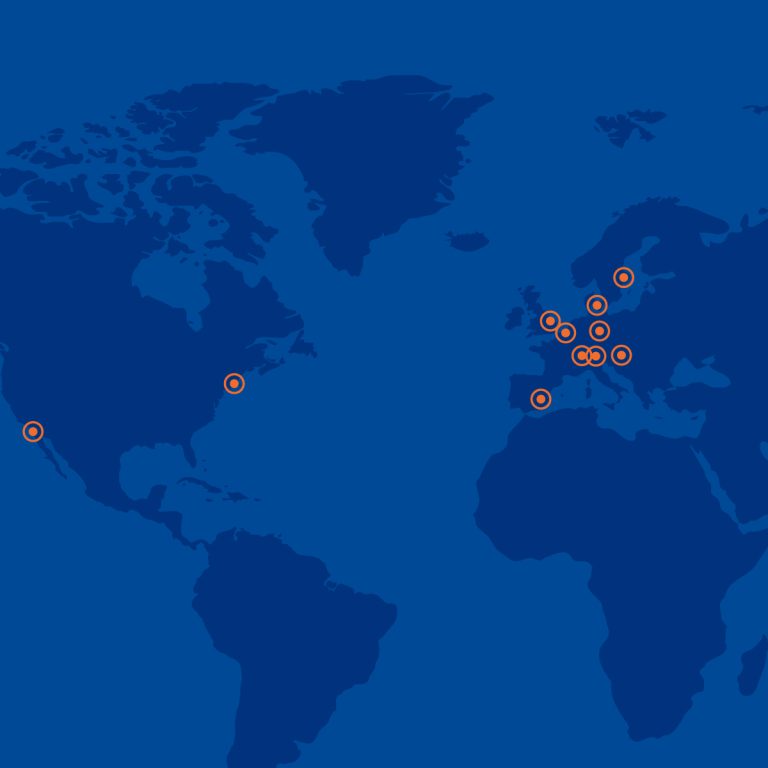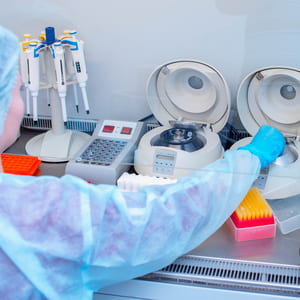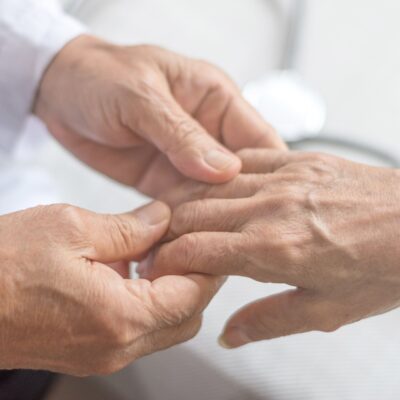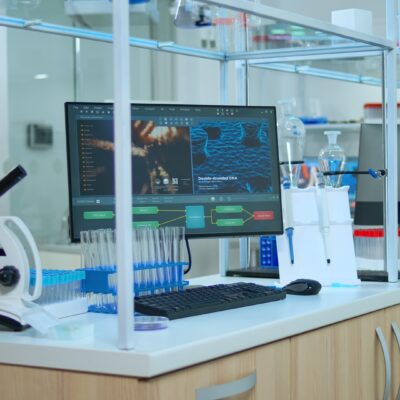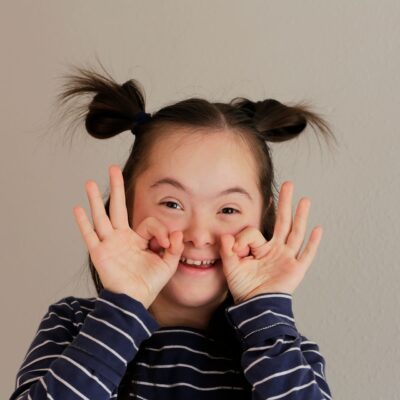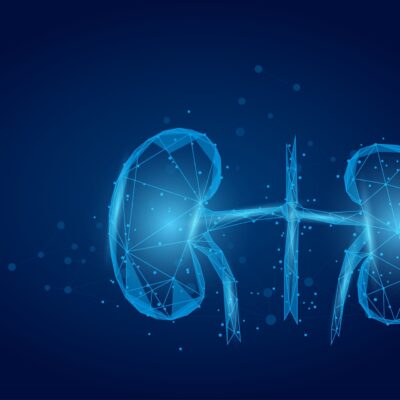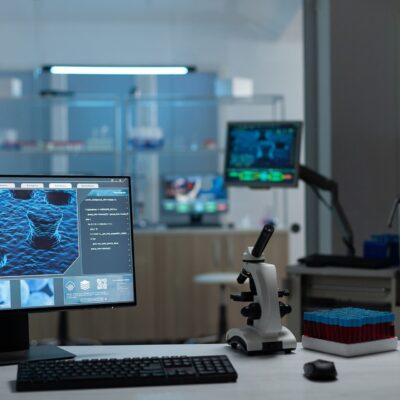1. What are Rare and Orphan Diseases?
Rare diseases, colloquially known as 'orphan diseases,’ represent a health concern for a small fraction of the population, typically defined as fewer than 1 in 2,000 people within the EU context. With this minuscule patient base, these conditions extend beyond their low prevalence, characterized by an array of disorders and a spectrum of symptoms that vary not only across different diseases but within the same disease as well.
Orphan diseases are indicative of the scarcity in resources and support they frequently encounter—be it in medical innovation or governmental health policies. Nevertheless, the importance of advocacy for these patients is undeniable. It incites the progression of clinical trials and research, both paramount in piecing together the puzzle of these conditions and carving paths to potential cures.
- Rare diseases affect fewer than 1 in 2,000 individuals in the EU.
- Wide-ranging disorders and symptoms complicate diagnosis and treatment.
- ’Orphan’ indicates the lack of medical and governmental support.
- Advocacy is vital for propelling research and clinical trials.
In conclusion, the struggle against rare and orphan diseases is steeped in complexity, but their profound impact on patients and the healthcare system necessitates targeted advocacy and research efforts.

2. Orphan Disease vs Rare Disease
Often used interchangeably, the terms 'orphan disease’ and 'rare disease’ refer to medical conditions that touch a relatively small number of people. However, the 'orphan’ label delves into the absence of substantial market allure for pharmaceutical companies to develop treatments, given the small patient numbers.
Despite these obstacles, increased awareness and a deeper understanding of these diseases are fundamental for spurring the creation of innovative treatments. This progress is bolstered by inducements such as market exclusivity and regulatory backing stemming from orphan drug legislation. Clinical trials tailored to rare and orphan diseases often incorporate cutting-edge methodologies, adopting adaptive trial designs and creating patient registries to enrich the search for novel treatments.
- Orphan diseases affect a small population segment and lack market incentives for drug development.
- Both types of diseases endure similar research and clinical trial challenges.
- Incentives and regulatory aid drive the development of new treatments.
- Clinical trials employ advanced methods to enhance efficiency and results.
The pursuit of treatment for rare and orphan diseases is a testament to the resilience of the healthcare community in overcoming inherent challenges through innovation and steadfast research.
3. How are Rare and Orphan Diseases Diagnosed?
Diagnosing rare and orphan diseases is akin to navigating a labyrinth; patients frequently endure a 'diagnostic odyssey’ spanning years before receiving an accurate diagnosis. Specialist knowledge and sophisticated genetic testing—many of these disorders have genetic underpinnings—are often requisites for uncovering these elusive conditions.
The collaborative power of multidisciplinary teams is pivotal in this journey, marrying expertise from diverse healthcare fields to pinpoint the diseases accurately. Cutting-edge tools, such as whole exome sequencing and genome mapping, have revolutionized the diagnostic landscape, unveiling previously obscured diseases.
- Diagnostic odysseys are common among patients with rare and orphan diseases
- Genetic testing and specialist knowledge are key to diagnosis.
- Multidisciplinary teams play a crucial role in identifying diseases.
- Technological advancements like genome mapping are instrumental in diagnosis.
Ultimately, achieving an early and precise diagnosis isn’t just a win for patient management; it paves the way for involvement in clinical trials, offering a beacon of hope where once there might have been none.
—
In the shadow of more prevalent diseases, rare and orphan conditions loom, marked by a pressing need for medical and societal acknowledgement. Through steadfast research and the advent of clinical trials targeted at these diseases, there lies potential for breakthroughs that could redefine the quality of life for patients affected by these enigmatic conditions. It is in understanding these diseases that we not only lift the veil of neglect but also reinforce the tenets of compassion and innovation in the realm of healthcare.




